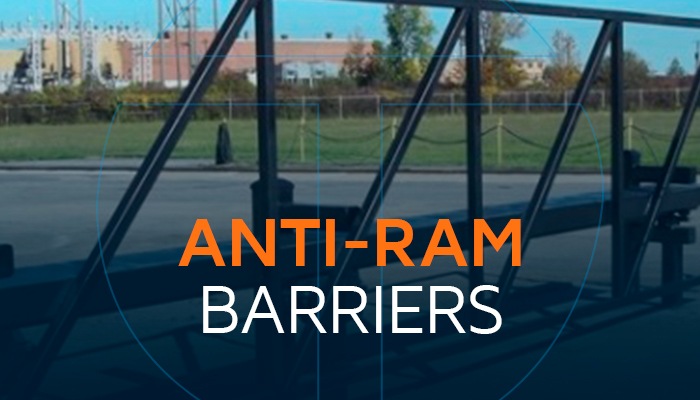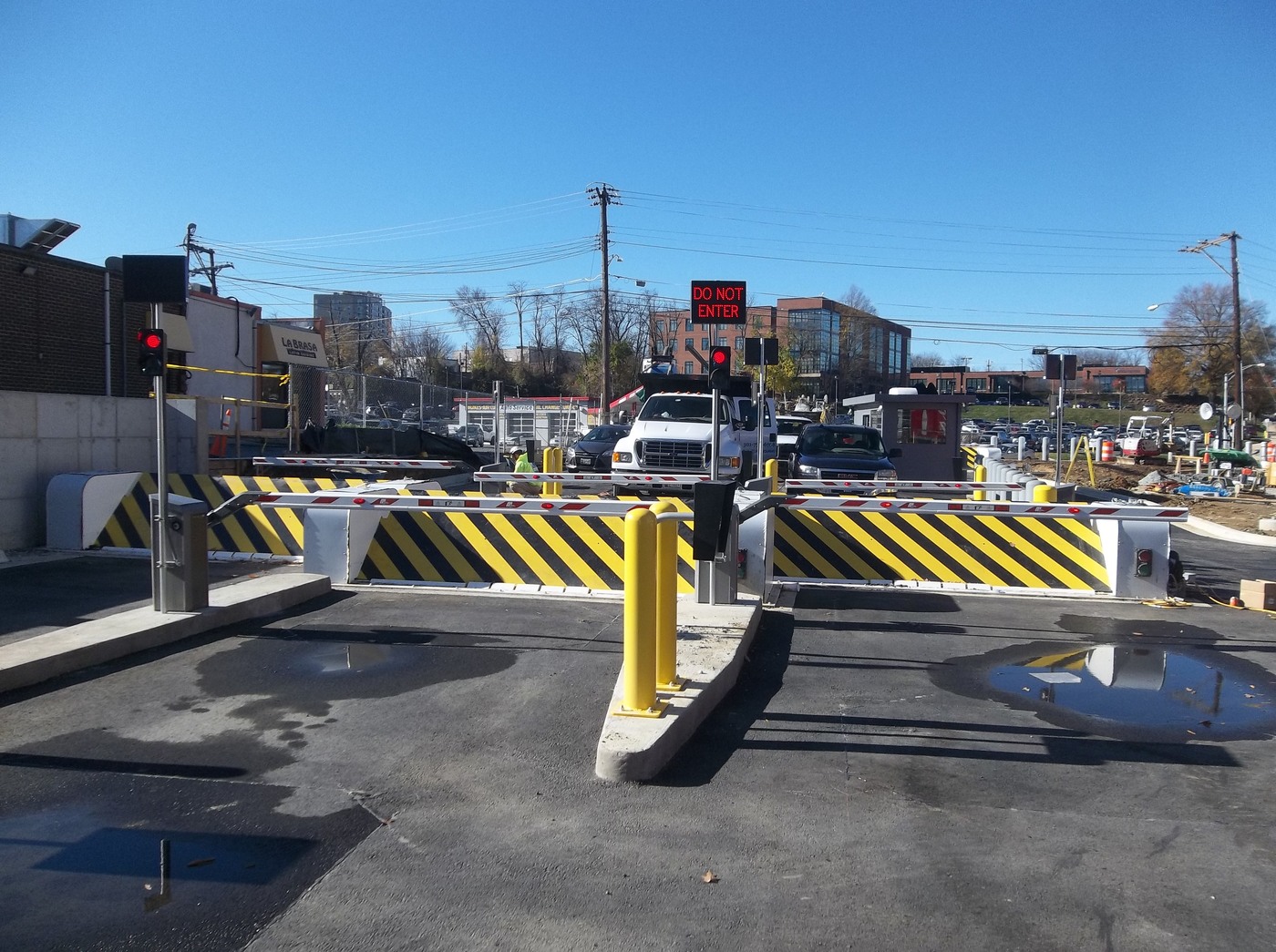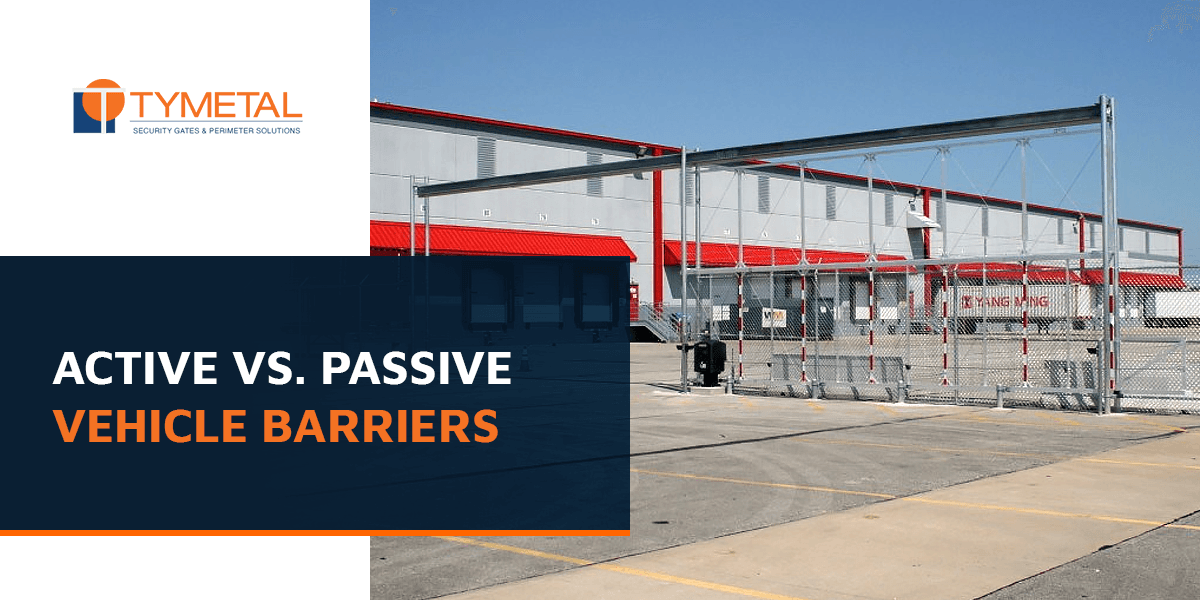Wedge Barriers Fundamentals Explained
Wiki Article
All about Wedge Barriers
Table of Contents4 Easy Facts About Wedge Barriers ExplainedSome Ideas on Wedge Barriers You Need To Know


The spring rod 58 is coupled to a webcam(e. g., webcam 80 displayed in FIG. 4) of the lifting system 50. The springs 60 disposed about the spring rod 58 are held in compression by spring sustains 62, consisting of a repaired springtime assistance 64. That is, the set springtime support 64 is dealt with about the foundation 14 et cetera of the bather 10.
8 Simple Techniques For Wedge Barriers
g., springtime support 65 )might be repaired to completion of the spring rod 58 to allow compression of the springtimes 60. As the springs 60 are pressed between the spring sustains 62, the spring setting up 54 generates a pressure acting upon the web cam combined to the springtime rod 58 in an instructions 66. For example, the staying force related to the web cam to deploy the wedge plate 16 may be provided by an electromechanical actuator 84 or various other actuator. Because of this, the springtime assembly 54 and the actuator 84(e. g., electromechanical actuator)may run with each other to translate the camera and lift the wedge plate 16.
As mentioned above, the spring assembly 54 puts in a constant pressure on the camera, while the electromechanical actuator might be regulated to exert a variable force on the web cam, therefore allowing the lifting and reducing( i. e., releasing and withdrawing )of the wedge plate 16. In certain embodiments, the continuous pressure applied by the springtime setting up 54 may be adjustable. g., electromechanical actuator) is disabled. As will be appreciated, the spring assembly 54 Continued may be covered and safeguarded from debris or other aspects by a cover plate(e. g., cover plate 68 displayed in FIG. 4) that may be significantly flush with the elevated surface 38 of the foundation 14. As discussed over, in the deployed placement, the wedge plate 16 offers to obstruct accessibility or traveling past the barrier 10. The barrier 10(e. g., the wedge plate 16 )may obstruct pedestrians or lorries from accessing a building or path. As reviewed over, the obstacle 10 is connected to the support 30 secured within the foundation 14,

front brackets 71. As a result, the link assemblies 72 may pivot and revolve to enable the collapse and extension of the link assemblies 72 during retraction and deployment of the bather 10. The link assemblies 72 reason movement of the wedge plate 16 to be restricted. If a lorry is traveling in the direction of the deployed wedge plate 16(e. For example, in one circumstance, the safety legs 86 may be prolonged duringmaintenance of the barrier 10. When the safety legs 86 are deployed, the security legs 86 support the weight of the wedge plate 16 against the surface 12. Because of this, the training system 50 may be shut off, serviced, removed, changed, etc. informative post FIG. 5 is partial perspective view of an embodiment of the surface-mounted wedge-style barrier 10, illustrating the webcam 80 and the camera surfaces 82 of the lifting mechanism 50. read Especially, 2 camera surfaces 82, which are referred to as reduced web cam surface areas 83, are positioned below the cam 80. The reduced camera surfaces 83 may be fixed to the surface 12 (e. For instance, the lower web cam surface areas 83 and the installing plate 85 may form a single item that is protected to the anchor 30 by screws or other mechanical fasteners. Furthermore, two web cam surfaces 82, which are referred to as top webcam surface areas 87, are positioned above the camera 80 and combined to (e. In various other embodiments, intervening layers or plates may be placed between the surface area 12 and the lower web cam surfaces 83 and/or the wedge plate 16 and the top webcam surface areas 87 As stated over, the webcam 80 converts along the camera surface areas 82 when the wedge plate 16 is lifted from the retracted placement to the deployed position. In addition, as pointed out over, the spring setting up 54 (see FIG. 3 )may give a pressure acting upon the webcam 80 in the instructions 102 through springtime rod 58, which may reduce the force the electromechanical actuator 84 is required to relate to the cam 80 in order to activate and lift the wedge plate 16. 1 )to the released position(see FIG. 4). As revealed, the cam 80 includes track wheels 104(e. g., rollers), which call and translate along the camera surface areas 82 throughout procedure.
Report this wiki page